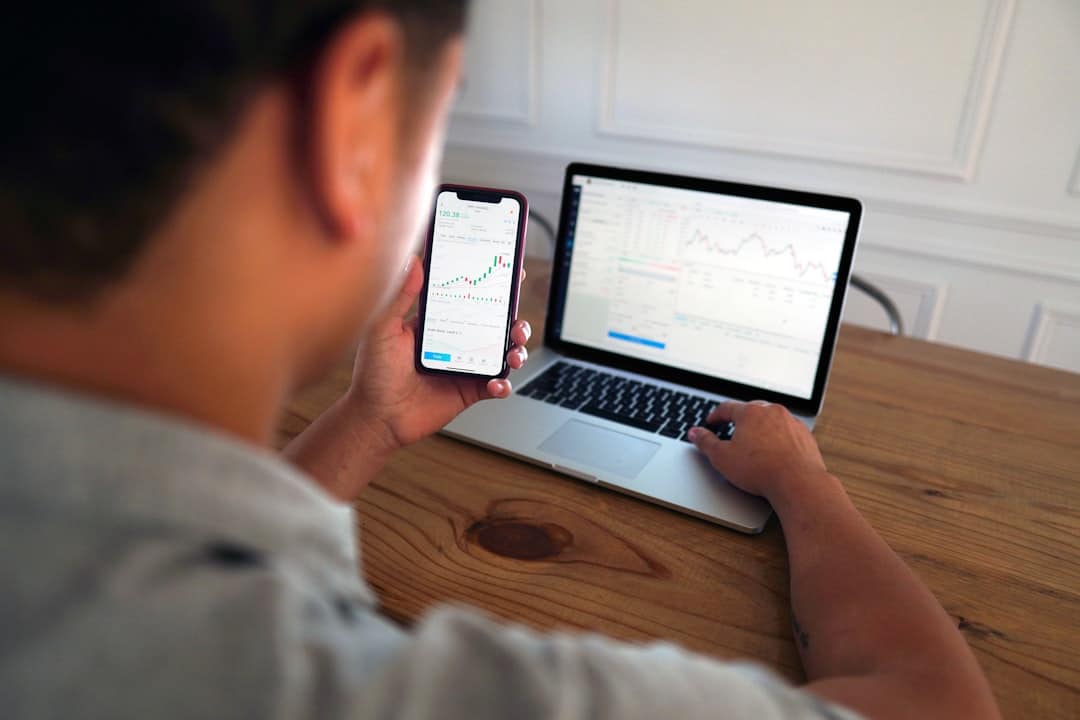The world of finance has always been a dynamic and ever-evolving landscape, with various markets playing pivotal roles in shaping global economies. Among these markets, the foreign exchange (Forex) market stands out as a cornerstone of international trade and investment. Over the decades, Forex has witnessed a remarkable evolution, transforming from a niche market to a behemoth that trades trillions of dollars daily. This article delves deep into the history, current state, and future prospects of the Forex market, unravelling its complexities, exploring its intricacies, and shedding light on the factors that drive its relentless growth.
The Roots of Forex Trading: A Historical Perspective
Origins of Forex Trading
Forex trading traces its origins back to the ancient times when merchants exchanged goods and currencies across borders. The concept of exchanging one currency for another at an agreed-upon rate laid the foundation for modern-day Forex trading. Historically, the first formal currency exchange system was established in Amsterdam in the 17th century, marking the beginning of organized Forex trading.
Evolution of Forex Markets
The evolution of Forex markets gained momentum in the 20th century with the Bretton Woods Agreement in 1944, which pegged major currencies to the U.S. dollar. This agreement provided stability to the international monetary system but eventually led to its collapse in the early 1970s, paving the way for the free-floating exchange rate system that we see today.
The Present State of the Forex Market: Dynamics and Trends
Market Size and Liquidity
The Forex market has grown exponentially over the years, becoming the largest and most liquid financial market globally. With an average daily trading volume exceeding $6 trillion, Forex offers unparalleled liquidity, making it an attractive playground for traders of all kinds.
Participants in the Forex Market
Various players participate in the Forex market, including central banks, commercial banks, hedge funds, multinational corporations, and retail traders. Each participant brings a unique perspective and trading style, contributing to the market’s depth and diversity.
Embracing Technology: The Digital Transformation of Forex Trading
Impact of Technology
Advancements in technology have revolutionized the way Forex trading is conducted. The advent of electronic trading platforms, algorithmic trading, and high-frequency trading has made the market more accessible, efficient, and transparent than ever before.
Role of Big Data and AI
Big data and artificial intelligence (AI) have become integral components of Forex trading strategies. By analyzing vast amounts of data and identifying patterns, traders can make informed decisions and execute trades with precision, gaining a competitive edge in the market.
The Roots of Forex Trading: A Historical Perspective
Blockchain Technology
Blockchain technology, popularized by cryptocurrencies like Bitcoin, has the potential to disrupt the Forex market by enhancing transparency, security, and transaction speed. The adoption of blockchain in Forex trading could streamline processes and reduce counterparty risks.
Mobile Trading
The rise of mobile trading applications has empowered traders to access the Forex market anytime, anywhere. With user-friendly interfaces and real-time data, mobile trading platforms are reshaping the way traders interact with the market, democratizing access and fostering inclusivity.
Environmental, Social, and Governance (ESG) Investing
ESG investing has gained traction in recent years, with investors increasingly considering environmental, social, and governance factors in their decision-making process. In the Forex market, ESG principles are reshaping trading strategies and influencing market dynamics, driving sustainable practices and responsible investing.
Conclusion
In conclusion, the Forex market has undergone a remarkable transformation, from its humble beginnings to its current status as a global powerhouse. By tracing its past, embracing technological advancements, and shaping its future through innovation, the Forex market continues to redefine the landscape of international finance. As we navigate the complexities of a rapidly changing world, the Forex revolution stands as a testament to the resilience and adaptability of financial markets in the face of uncertainty and change.
FAQs
1. What factors influence currency exchange rates in the Forex market?
Currency exchange rates in the Forex market are influenced by a myriad of factors, including economic indicators, geopolitical events, central bank policies, market sentiment, and global trade dynamics. Understanding these factors is essential for traders looking to navigate the complexities of the Forex market successfully.
2. How can beginners get started in Forex trading?
Beginners can get started in Forex trading by educating themselves about the basics of the market, opening a demo account to practice trading without risking real money, learning about different trading strategies, and staying updated on market news and developments. It’s essential to start with a solid foundation and gradually build experience and expertise in Forex trading.
3. What role do central banks play in the Forex market?
Central banks play a crucial role in the Forex market by implementing monetary policies, regulating interest rates, and intervening in the currency markets to stabilize exchange rates. The decisions and actions of central banks can have a significant impact on currency valuations and market dynamics, making them key players in the Forex landscape.
4. How has globalization impacted the Forex market?
Globalization has had a profound impact on the Forex market by facilitating cross-border trade, investment, and capital flows. The interconnectedness of economies and financial markets has increased the volume and velocity of currency transactions, making the Forex market more dynamic and interconnected than ever before.
5. What are the risks associated with Forex trading?
Forex trading involves inherent risks, including market volatility, leverage, geopolitical risks, liquidity risks, and operational risks. Traders must be aware of these risks and implement risk management strategies to protect their capital and navigate the uncertainties of the Forex market effectively.







